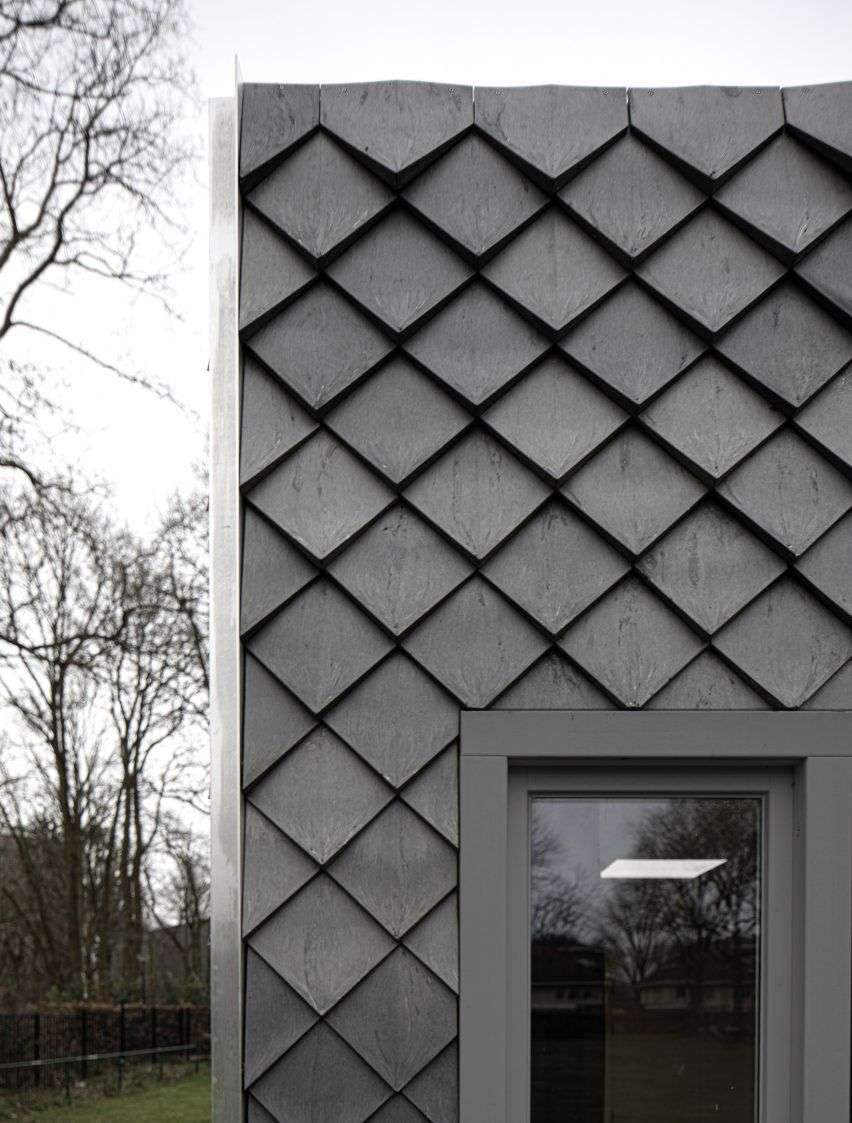Today I am accused of being a revolutionary, and yet I confess that I have had but one master: the past; and only one discipline: the study of the past. These words mentioned by Le Corbusier, one of the pioneers of modernism, are a window into the importance of architectural history. Architectural history occupies an important place in architectural pedagogy. History is often seen as a chronicler of the past. Architectural history is also generally associated with heaps of theories about architectural time periods and masterpieces of different architectural styles. But history was hailed as a great teacher. True to those words, here are some of the lessons that architectural history can convey to architects.
Lesson #1: “Story” in history
The current architectural application is a process that has been built up over time. Understanding it requires studying the historical process behind it. Architectural history includes the ideas, philosophies, and discourses that have shaped architectural application. The architect needs to observe, analyze, interpret, and evaluate these building blocks of practice. This paves the way for the development of the critical thinking skills of the individual. A competent architect must not only know the aspects of the historical process but also be prepared to use them skillfully to complement his architectural practice. Normative man, the relativistic system famous by Le Corbusier, developed from his understanding of the Vitruvian man.
Lesson #2: Trail the breadcrumbs
The architectural language is dynamic in nature, but it does not take on a completely new identity. The architectural language of the past plays an important role in the present. Different styles in architecture characterize different periods of its history. The constants during these periods refer to the defining principles of good design. This continuity is evidenced by the overlapping architectural language. The timeless principles of architecture are the mark of the past in its present. Traces of the Greek temple appear in the Palladian style, and eventually in some works of modern architecture. The architect must necessarily follow the path of navigating architectural history to form a sound theory for practice.
Lesson #3: Evolution and innovation
Architectural history keeps the information about the different styles that were developed in different time periods. A record of failed strategies is just as essential as that of a record of successful strategies. The falling windows of Boston’s John Hancock Tower have made architects restructure their approach to skyscraper design. A thorough study of these ideas will provide valuable insights for developing a more innovative tactic. Evaluating past patterns paves the way for innovation. These cutting-edge methods will also lay the foundation for future requirements. The architect must learn from architectural history to build on the experiences of their predecessors.



